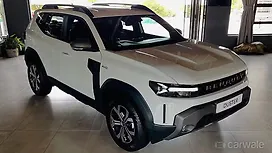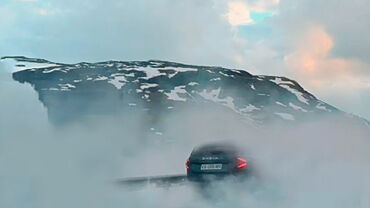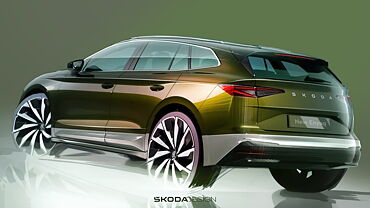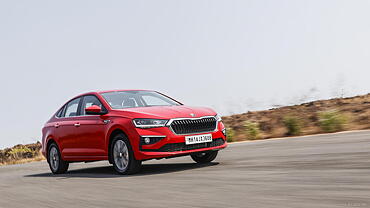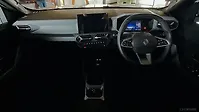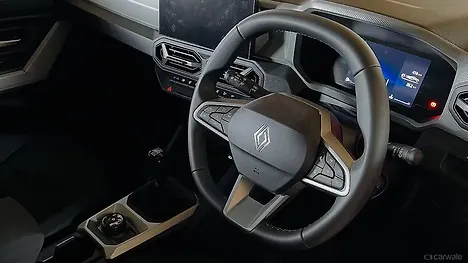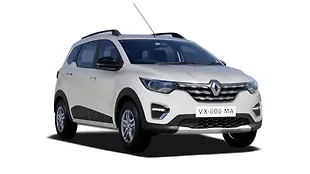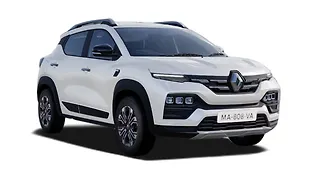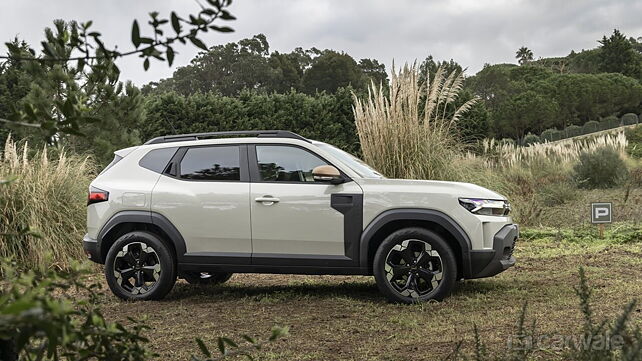
- New Duster globally unveiled
- India-spec model will be identical to the Dacia Duster
The new Duster has made its debut globally and we have already explained it in detail. However, there are some design elements that Dacia has highlighted which are the core of the new SUV. Hopefully, these will also form the USPs for the India-spec Renault model that we expect next year. As quoted by the carmaker, these three highlights also coincide with the values that have gone into designing this new SUV.

1. Robust and outdoorsy look
The Duster model has grown and evolved into a modern avatar from the previous generations that we've seen. Although the chunky look is toned down, the solid and sturdy SUV character has been retained with this distinctive design. As highlighted earlier, the outdoorsy look is accentuated by the skid plates, black applique, and skirting. These work as a shield and are made of a new material Starkle®, which is dyed in the mass and not painted. Hence, the inevitable scratches or scrapes will leave marks but not alter the colour as is the case with a painted surface. This will be helpful for this SUV that will be taken out there in the wild.

2. Essential but cool
The engineers' philosophy while designing Duster involved having all the features that serve a purpose, and are affordable, smart, and look unique. For example, the steering's top and bottom are flattened to make it comfortable and they also look good. The large floating infotainment system is touchscreen but also tilted 10 degrees towards the driver for ergonomic convenience. Then, the shape of the air vents is said to resemble the wheel arches for a consistent feel and, in our opinion, looks unique. Even the flared-out fenders are slimmer but the wheel-arch guards are still present to add to practicality. Similarly, the roof bars are modular to house a roof rack for outdoor activities, making it handy and effortless to install. Many such practical things have been brought in, in a refreshing way.

3. Eco-Smart
A good step toward sustainability is that 20 per cent recycled plastic is used in the Duster. It might not look like a lot but the carmaker says this percentage is higher than the usual in the segment and a good level above the previous generations. As mentioned earlier, Starkle® - the new material - is paint-free and comprises 20 per cent reused polypropylene, thus the carbon footprint for its production process is smaller. Thanks to this material, the amount of paint used has drastically reduced as not just the front and rear skid plates, but the rear shield tail, wheel-arch guards, side underbody shields, and more elements have been made from this material. Lastly, the carmaker has stopped using leather and decorative chrome for various models, including the new Duster.


